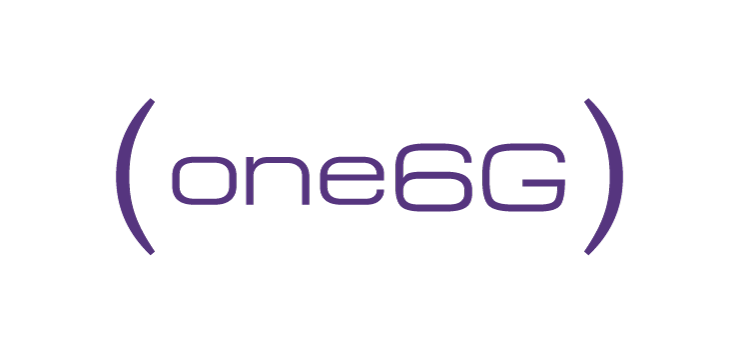“Digital Twins: Will this be 6G’s killer Application?” – Event report
 On September 4, 2024, a one6G-endorsed special session titled “Digital Twins: Will this be 6G’s killer Application?” took place at the IEEE PIMRC 2024 in Valencia, Spain.
On September 4, 2024, a one6G-endorsed special session titled “Digital Twins: Will this be 6G’s killer Application?” took place at the IEEE PIMRC 2024 in Valencia, Spain.
Digital twins and metaverse are now considered key applications of the sixth-generation systems. Enabling true and real-time replicas of the real world in the digital domain will unlock a wide range of new use cases in the future communication and sensing networks; optimizing wireless communication networks, enhancing the performance in manufacturing, and improving health care systems are a few of the use cases for digital twins and metaverse. A prime target of the 6G networks is to replicate the physical world into a digital virtual world as precise real-time representations or digital twins [ITU.int]. The rapidly expanding digital twin market indicates that while digital twins are already in use across many industries, the demand for digital twins will continue to escalate for some time. In 2022, the global digital twins market was projected to reach USD 73.5 billion by 2027. The use of end-to-end digital twins lets owners/operators reduce equipment downtime while upping production [IBM.com].
A relevant trend is the concept of network digital twin, where a digital twin of the wireless network can enable rich network applications (e.g., network management with real-time “what-if” scenario analysis). Recently, there have been proposals to the 3GPP to use the network digital twin concept for network management in SA5 to reduce the OAM costs [3GPP1,1]. The goal of future networks is to achieve zero-touch networks so as to achieve the highest Autonomous Network Levels (ANLs) as specified in 3GPP2,2.
The special session expanded on the potential of digital twins in the 6G era. The session was kicked off by Siavash Alamouti, the Executive Chairman of the mimik Board who delivered a keynote speech titled “Digital Twins: Unleashing the Potential of 5G and 6G with Hybrid Edge Cloud.” In his keynote, Siavash explored why HEC is not just an enabler but an essential foundation for the realization of digital twins. The panel discussion featuring Xueli An (Huawei), Rahim Tafazolli (University of Surrey), Juan Serrano Sanchez (MasOrange), and Fay Arjomandi (mimik), that followed Siavash’s opening presentation, looked into the requirements for achieving real-time digital twinning: the new technologies and capabilities, such as integrated sensing and communications, network intelligence and cloud computing, and the respective KPIs and KVIs.
About IEEE PIMRC
The Annual IEEE International Symposium on Personal, Indoor and Mobile Radio Communications (PIMRC) has become one of the two major conferences of the IEEE Communications Society (ComSoc) in the field of wireless communications and networking. Originally founded in 1989 in London as a workshop and developed over the years to become a major international conference attracting the technical community from all regions and continents.
